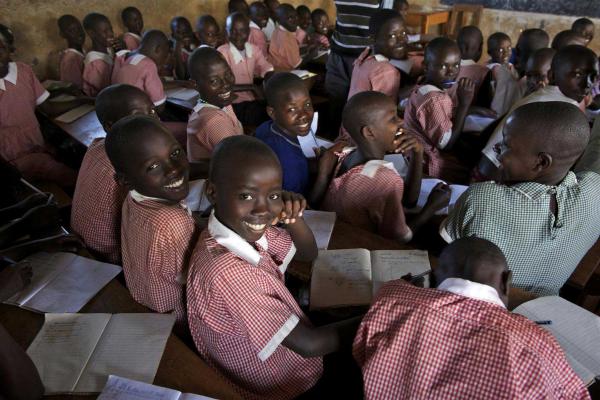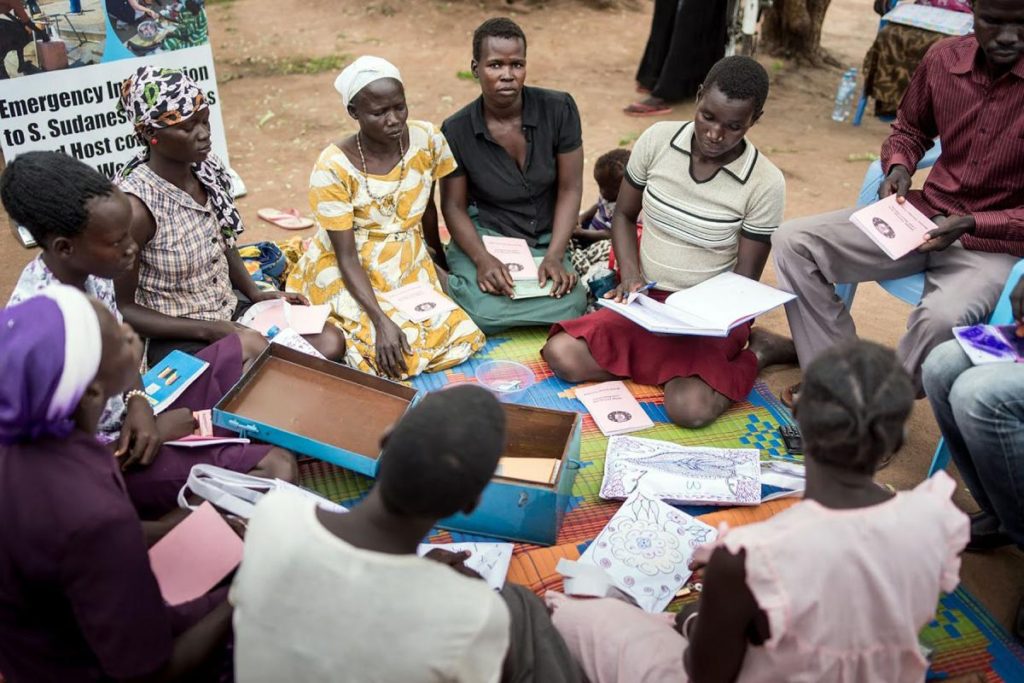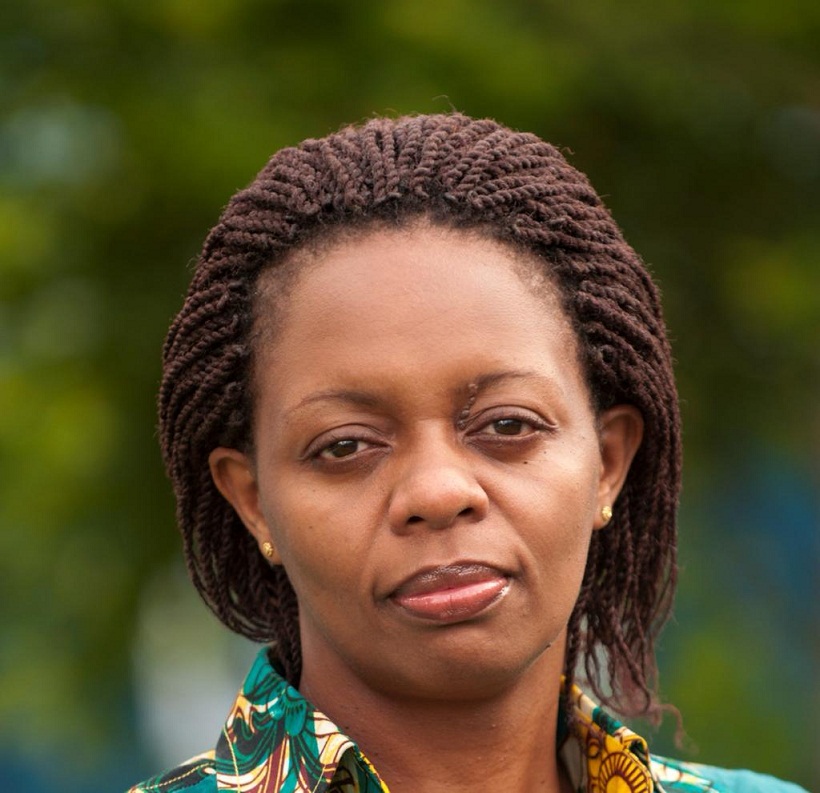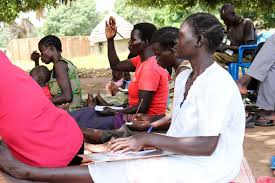BY: PATRICIA MUNABI BABIIHA
The dust is yet to settle on the 2021 general election as some local government elections continue into early February. On the other hand, the acrimonious and confrontational relationship that characterized the electoral contest between the opposition parties, candidates and the ruling party abound. When all is said and done, we remain Ugandans, Africans, and above all, human beings. Our political differences and struggles notwithstanding, it is indisputable that we have a nation to build and a people to unite.
Accordingly, now that the election season is over and Ugandans are slowly but surely returning to normal programming, it is imperative to, once again, raise, debate and address issues pertinent to our country’s development. Our citizens’ desire for development is blind to race, tribe, religion, age, gender and indeed, political affiliation. The earlier, therefore, our leaders across the political divide put their act together and focus bi-partisan efforts on the hard work of addressing the socio-economic impediments to our shared prosperity as a people, the better for us all and for posterity.
In that vein, I wish to bring it to the attention of the political leadership across the different levels and spheres of influence the aspect of equitable and quality education especially in so far as women and girls are concerned. The marking sheet for anyone seeking to occupy public office in this country should be: What is that candidate’s position on ensuring equitable and quality education for women and girls? Now that we have office occupants, the bigger task ahead for them is to remove the barriers impeding access to equitable and quality education for women and girls.
The 2030 Agenda for Sustainable Development which comprises of 17 Sustainable Development Goals (SDGs) under Goal 4 aims to ensure inclusive and equitable quality education and promote lifelong learning opportunities for all. The SDG target is that by 2030, all girls and boys should complete free, equitable and quality primary and secondary education leading to relevant and effective learning outcomes and by the same year, all girls and boys have access to quality early childhood development, care and pre-primary education so that they are ready for primary education.

However, though the government has over the years developed various programmes aimed at fulfilling girls’ education like The National Strategy for Girls’ Education (2004), Government White Paper on Education (1992), Education Sector Investment Plan (1997-2003), achieving the SDG target by 2030 is still a far cry.
According to Uganda Bureau of Statistics (UBOS), enrollment trends for primary schools in the years 2012-2016 demonstrated parity between boys and girls credited to Universal Primary Education (UPE). That is where the good news starts and ends.
The same survey noted that there are significant disparities estimated at 56% males and 44.5% females while there is a significant proportion of children of school going age “who have never attended primary school.”
Of this latter category, 23% are females as opposed to 12% males indicating that the UPE policy has benefited more boys than girls. The declining quality of education in UPE schools, coupled with high drop-out rates, especially for girls; and threats to sustainability of UPE because of funding, mean that the Ugandan girl is getting a raw deal regarding education. The National Planning Authority (NPA) in its 2018 comprehensive evaluation of the UPE policy noted that at the current inflation rates, the current per unit capitation should be revised upwards from the current UGX 10,000 to UGX 63,546 for urban primary schools and UGX 59,503 for rural primary schools.
At secondary level, gender parity in education continues to favour boys because many girls drop out before completing primary school.
Currently, the completion rate is 30%; meaning that for every ten girls admitted to primary schools, only three complete to proceed to secondary level. Completion rate at ordinary level is at 34.8% (as of 2017) with boys at 36.2% and girls at 33.5%.
Sexual abuse of girls by some of their teachers with limited strong sanctions have continued to affect education for girls. Sexual abuse is shrouded in secrecy because the affected families do not want such cases in the public domain yet they are capital offenses.
Covid-19 and the subsequent closure of schools has resulted in increased cases of teenage pregnancy across the country. This together with vices like child marriage, child labour and gender based violence (GBV) cases have contributed to the growing levels of school drop out of girls.
Other challenges to gender equality in primary and secondary school enrolment include: Poor quality of early childhood care and education, poor quality and efficiency of primary education as evidenced by low literacy rates at 49.9% at Primary three and 53.1% at Primary six level, low numeracy rates at 55.2% at Primary three and 50.9% at Primary six.

There are also negative attitudes among local communities especially in the rural areas who consider education especially for girls as waste of money.
The quality of education offered is generally poor so parents who can afford opt to enroll their children in private schools, access to safe drinking water in schools is at 51%, latrine coverage in schools is at 19%, hand washing facilities at 34%, child poverty at 55% and child labour at 27%. It is against this backdrop that I wish to bring it to the attention of everyone entrusted with public office, the Uganda Women’s Manifesto 2021-2026.
The Uganda Women’s Manifesto was developed by the Women’s Democracy Group which comprises of the Uganda Women’s Network (UWONET), Action for Development (ACFODE), Forum for Women in Democracy (FOWODE) and Women’s Democracy Network-Uganda Chapter (WDN-U).
After conducting extensive consultative meetings in 16 regions of Uganda to gather information from different stakeholders, it is fair to say that the Uganda Women’s Manifesto 2021-2026 is a blueprint of what the Ugandan woman expects from government and indeed, leaders who will soon be swearing in across the divide.
Regarding the quest to achieve equitable and quality education by 2020, Ugandan women demand that in the next five years:
- Laws on defilement and early marriage are enforced to punish perpetrators and to deter others.
- Mechanisms for addressing the risk of violence and sexual harassment of the girls in school especially by the teachers are developed.
- A Sex education appropriate for each age group of school children should be included in the school curriculum following consultations with others stakeholders including parents, School Management Committees, elders, religious and cultural leaders.
- All Stakeholders in girls’ education including cultural leaders should be sensitized to enable the passage of resolutions to end some cultural practices where traditional marriage celebrations are celebrated for more than one week.
- Policies to keep girls who get pregnant to return to school should be developed.
- There should be continuous training for head teachers, teachers, and senior women and male teachers and matrons on how to handle girls to ensure conducive environment for girls to avoid traumatizing the girls; and
- A quota for recruitment of female and male head teachers in all schools for both lower and upper levels in both primary and secondary schools should be initiated by the government.
It goes without saying that if every Ugandan elected to political office adopts these recommendations and proposals on how to ensure equitable and quality education for girls and women, our country would make a strong step forward in efforts to have more women rising on the chain of socio-economic development.

Patricia Munabi Babiiha is a lawyer and Executive Director, Forum for Women in Democracy.


